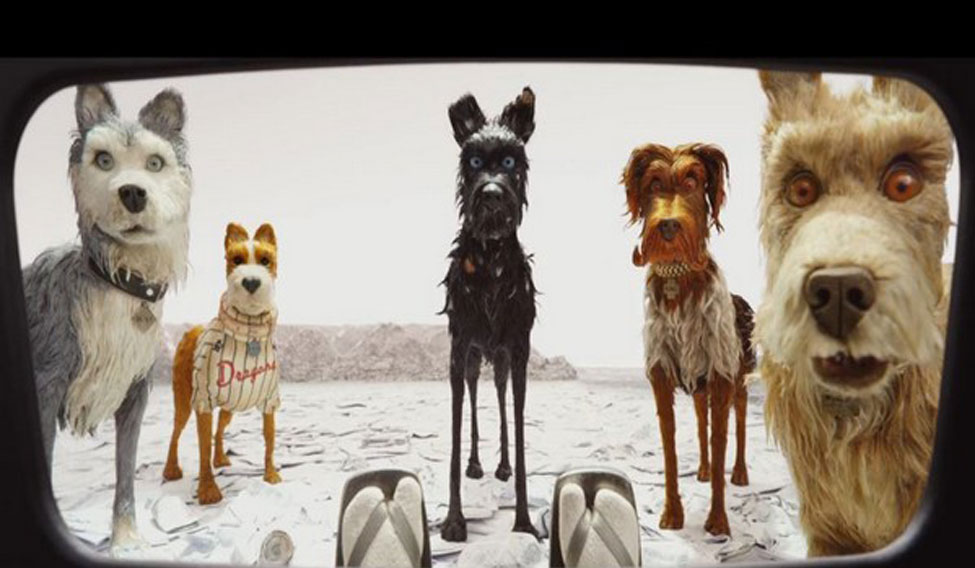“The dog is a gentleman; I hope to go to his heaven not man's” - Mark Twain
One would begin to relate to these words of Mark Twain after watching Isle of Dogs, Wes Anderson’s second stop-motion animation film after Fantastic Mr Fox (2009).
Because Anderson’s dog island—an abandoned piece of land known as Trash Island—with his rich and artsy presentation bursting with colour and fine-detailing, dogs who empathise, think and rethink, even while being funny most of the time (Anderson’s understated humour is on display here), is probably better than the land inhabited by humans.
The film is set in a dystopian Megasaki city in Japan. Megasaki’s mayor, Kobayashi (Kunichi Nomura), a cat-lover, has ordered the deportation of all the dogs from the city to an obscure Trash Island because he believes they are incurably infected with “dog flu” and “snout fever”. The first to be banished is Spots (Live Schreiber), which belonged to a 12-year-old Atari (Koyu Rankin), the mayor’s nephew.
Atari crashlands in Trash Island, and is first noticed by a pack of five dogs—Rex (Edward Norton), King (Bob Balaban), Boss (Murray) and Duke (Goldblum) and Chief (Bryan Cranston). Each idiosyncratic and mostly endearing, something Anderson is known for creating. Cranston’s Chief is the self-righteous kind, not for a minute hesitating to ascertain that he’s a stray and “bites”. He is consumed by his own guilt of having bitten a young “master” when he was briefly adopted by a family. He is against being domesticated, and turns out adorable while doing so. Scarlett Johansson’s Nutmeg, a show dog previously, makes a few appearances, but is totally charming when she talks about adapting to the new environs. She doesn’t want to dwell on the past.
The film, on the face of it, is an innocent story of a young boy’s expedition to this island in search of Spots. If one doesn’t want to scratch the surface and just indulge in Anderson’s beautifully presented, aesthetically-rich film, the dog island will be a heaven of sorts.
In the world of humans of Megasaki where everyone’s contemplating against the other, “conspiracy theories” are being floated, and manipulation is the keyword, on dog island, things are much simpler even with all the contradictions and conflicts. The dogs are much more humane than the humans. They fight often, because there are many reasons to fight about— food is limited and there’s danger lurking all the time. There are many rumours on Trash Island too. But goodness hasn’t died, neither has humour.
The best part of the film is that its focus remains on the dogs who speak in English, while the humans speak in Japanese and the viewers are not given any subtitles.
Anderson, has created a beautiful world in Trash Island that could have been created only in Japan with all its obsession with beautification, and while doing so has also been accused of cultural appropriation and dehumanising the people of this Asian country. But you wonder whether setting it up in any other part of the world would have really made a difference. After all, humans are becoming similar everywhere. As Atari, in the climactic sequence asks the people of Megasaki to ponder over, “Who are we? And what have we become?”
Director: Wes Anderson
Starring (voice): Edward Norton, Koyu Rankin, Bryan Cranston
Rating: 3.5


